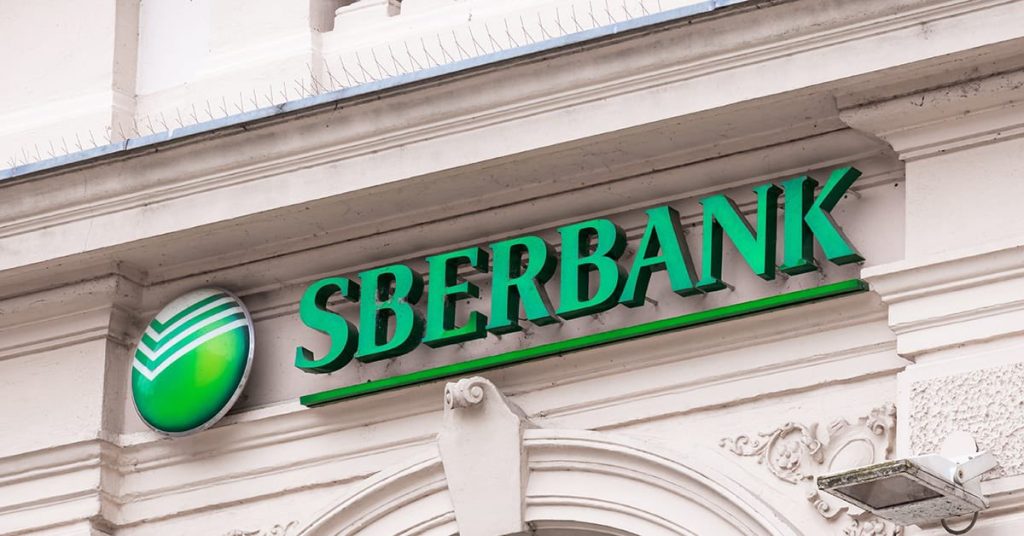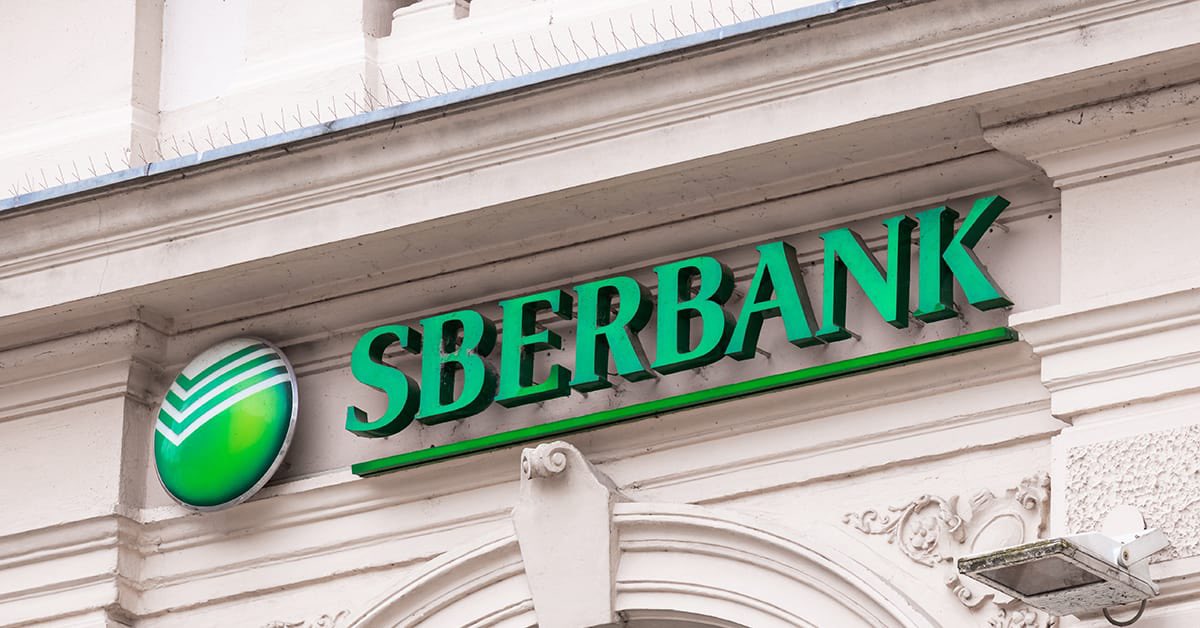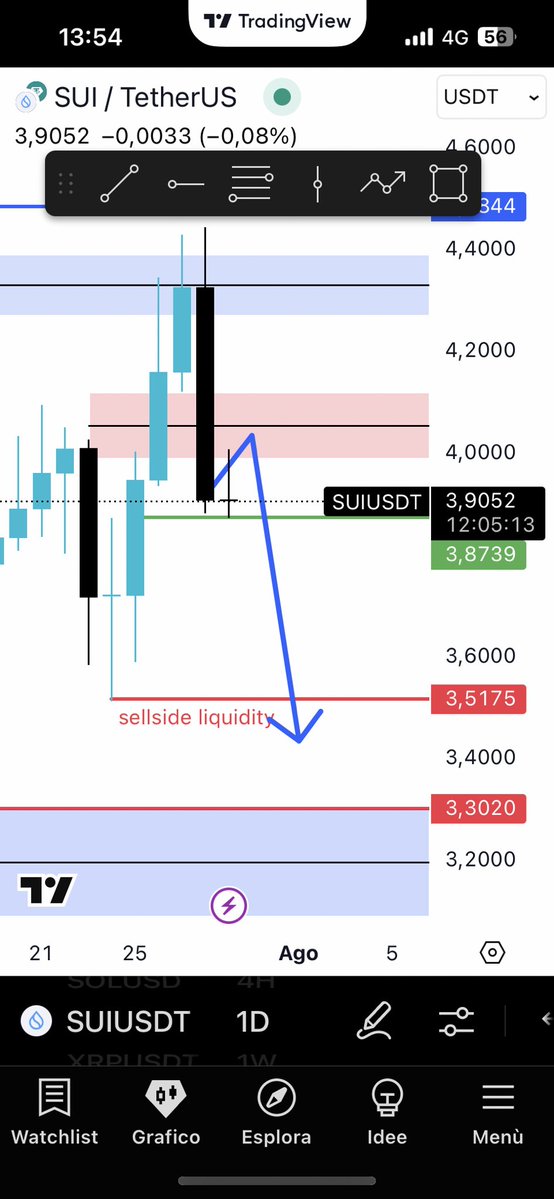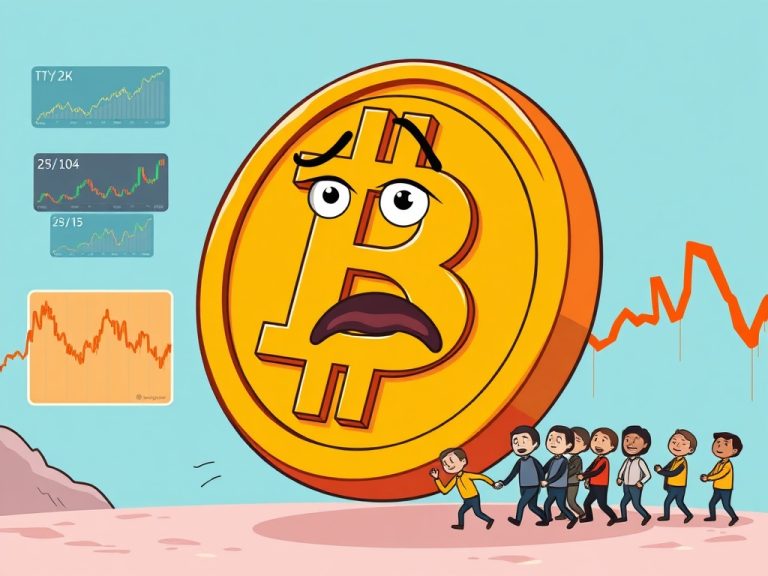
Sberbank’s Bitcoin-Linked Bonds: Bridging Traditional Finance and Crypto in Russia
In an era when cryptocurrencies oscillate between being a disruptive force and a mainstream asset, Russia’s largest bank, Sberbank, has made a bold move by launching Bitcoin-linked structured bonds. This initiative marks a crucial watershed moment for the integration of digital currencies into conventional financial products in Russia. Let’s delve into the significance, underlying mechanisms, and broader implications of this financial innovation.
Understanding Bitcoin-Linked Structured Bonds
Structured bonds are debt instruments whose returns vary according to the performance of an underlying asset — in this case, Bitcoin. Unlike direct cryptocurrency investments, these bonds provide investors exposure to Bitcoin’s price movements without requiring them to own or manage the actual digital asset. Sberbank’s issuance of Bitcoin-linked bonds effectively marries the operational stability, regulatory oversight, and legal protections of traditional banking with the high volatility and growth potential of cryptocurrency.
In practical terms, an investor purchasing Sberbank’s bonds commits capital that will yield returns contingent on Bitcoin’s price performance over a predetermined period. This design appeals to those seeking crypto exposure while mitigating risks related to custody, security breaches, and unfamiliar technology that often complicate direct cryptocurrency holdings.
Why This Move is Groundbreaking in Russia
Russia’s relationship with cryptocurrencies has been complex, marked by fluctuating regulatory stances. Earlier, Russian authorities demonstrated caution, even skepticism, about adopting cryptocurrencies widely due to concerns over money laundering, financial stability, and capital flight. Recently, however, the policy climate has softened, recognizing blockchain and crypto as growth engines for innovation and financial inclusion.
Sberbank, dominating Russia’s banking sector with assets exceeding hundreds of billions of dollars, stepping into crypto-linked financial instruments is a public validation of Bitcoin’s legitimacy and investment potential within the country. It also signals an institutional willingness in Russia to innovate financial products aligned with global trends while keeping them within familiar regulatory and institutional frameworks.
The Mechanics: How Bitcoin-Linked Bonds Work
To appreciate the nuanced design of these structured bonds, consider the key elements:
– Principal Protection: Depending on the bond’s structure, investors may receive their initial principal back at maturity regardless of Bitcoin’s performance, reducing downside risk.
– Linked Returns: Investors’ yields fluctuate based on Bitcoin’s price appreciation or depreciation during the bond’s life.
– Duration and Liquidity: Typically, these bonds have fixed terms, with limited secondary market liquidity relative to standard stocks or cryptocurrencies.
– Regulatory Oversight: Being issued by a regulated bank, these bonds are subject to banking regulators’ oversight, providing greater investor protections than unregulated crypto exchanges.
Such features create a financial hybrid appealing to conservative investors who want to capitalize on crypto’s potential but prefer institutional safeguards.
Market Implications and Investor Sentiment
The introduction of Bitcoin-linked bonds by a major Russian bank could trigger several ripples in both domestic and international arenas:
– Enhanced Crypto Adoption: By packaging Bitcoin exposure into familiar bond products, Sberbank reduces entry barriers for retail and institutional investors hesitant about the technicalities of direct crypto ownership.
– Market Maturation: This arrangement indicates a maturing cryptocurrency market within Russia, transitioning from speculative trading to integration with formal financial instruments.
– Diversification in Investment Portfolios: For institutions managing large portfolios, these bonds offer a regulated channel for crypto diversification without contravening internal investment policies.
– Competitive Pressure on Other Banks: Sberbank’s pioneering move may motivate other Russian banks and financial institutions to develop similar offerings, fostering competitive innovation.
– Potential Regulatory Shifts: The success of these bonds could encourage regulators to clarify crypto-related frameworks, balancing innovation with risk management.
Global Context: Cryptocurrency and Traditional Finance Fusion
Sberbank’s offering is reflective of a broader global trend where traditional financial institutions increasingly embrace cryptocurrency-linked products:
– In Western financial markets, Bitcoin exchange-traded funds (ETFs) and futures markets have provided regulated crypto exposure.
– Banks and asset managers have started incorporating digital assets within wealth management portfolios.
– Hybrid financial instruments linking cryptocurrencies with bonds or derivatives are becoming more common.
Russia’s participation through Sberbank showcases that emerging markets are not just spectators but active participants in this evolution.
Potential Challenges and Risks
While promising, several challenges lurk:
– Price Volatility: Bitcoin’s well-documented price swings can lead to unpredictable bond returns, which may surprise unsophisticated investors.
– Regulatory Ambiguity: Despite progress, regulatory frameworks in Russia and globally remain partly unsettled, potentially exposing investors and issuers to legal uncertainties.
– Liquidity Constraints: Structured bonds often have lower liquidity compared to cryptocurrencies traded on exchanges, which can limit investor exit options.
– Market Acceptance: Investor education and trust are pivotal for successful adoption; skepticism about crypto’s legitimacy might dampen demand.
Sberbank’s approach must carefully address these to ensure sustainable growth.
Looking Ahead: What This Means for the Future of Finance
The launch of Bitcoin-linked bonds by Sberbank is more than a new product; it is a tangible sign of the evolving financial landscape in 2025. It represents a pragmatic approach to blending the innovation of decentralized technologies with the stability, regulation, and trust embedded in traditional finance.
For Russian investors, this development paves a safer path into the cryptocurrency universe, potentially catalyzing broader market participation and stimulating economic activity tied to blockchain platforms. For the global crypto community, it exemplifies how legacy institutions can creatively harness digital assets, legitimizing and expanding their ecosystem.
—
In Conclusion: A New Chapter for Crypto and Traditional Finance in Russia
Sberbank’s pioneering step to offer Bitcoin-linked bonds delicately bridges the often-divergent worlds of cryptocurrency and established financial systems. This initiative highlights a moment where digital innovation does not seek to disrupt by displacement but by integration, offering investors both excitement and reassurance.
As cryptocurrencies continue to mature from fringe assets to mainstream instruments, the collaborative energy between banks like Sberbank and the crypto market signals a new chapter — one marked by inventiveness, inclusivity, and a shared future where the best of both worlds can coexist.
The success of this initiative could serve as a blueprint for other nations grappling with integrating crypto assets in a regulated and accessible manner. If Russia’s largest bank sets a positive precedent, the path for cryptocurrency’s broader financial acceptance may become clearer, and that could dramatically reshape how we view and engage with money in the years to come.
—
Relevant Sources
– Ehsan Soltani on Sberbank Bitcoin Bonds
– MoonRiseTA Weekly Cryptocurrency Market Analysis
– Bloomberg Report on South Korea’s Crypto Policy and Web3 Economic Zone (Referenced context)
*Note: The above sources are examples of related references and are accessible via the provided links.*








